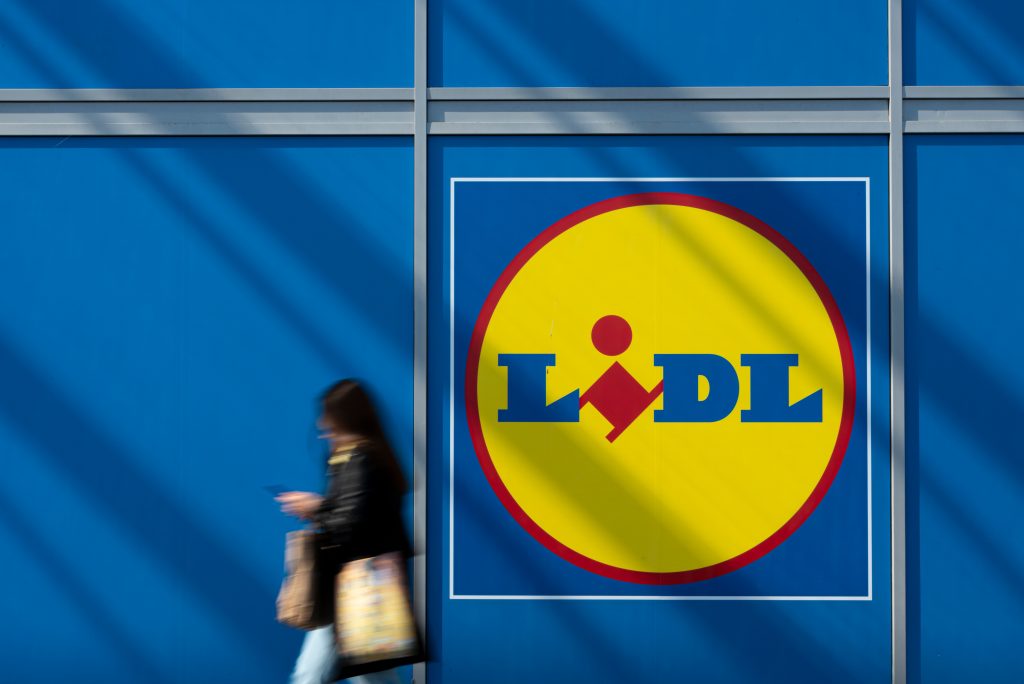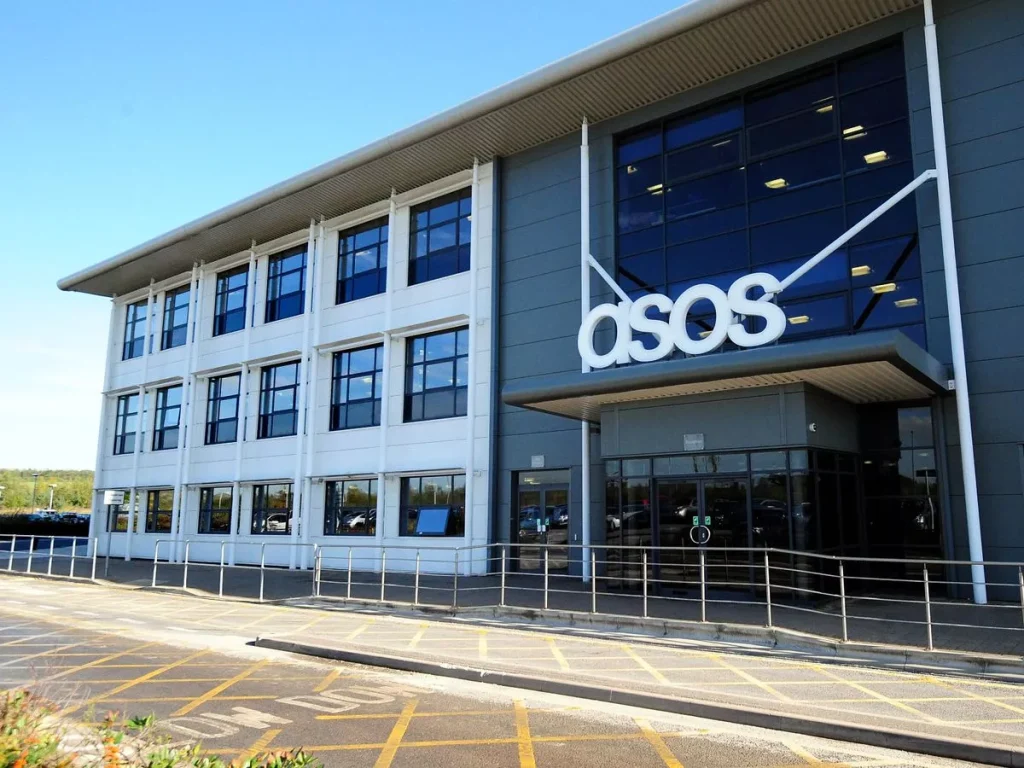Through instant messaging, smart phones, tablets and social media, today‘s consumers are hyper-connected. Not only do they demand all-channel access to products and services, they‘re not shy about using these connections to share their opinions, good or bad.
To remain competitive in this environment, business partners – even the remaining few who do not yet have direct-to-consumer facets to their operations – must also be connected.
Of course, the concept of collaboration is nothing new. However, several factors have begun to coalesce to make it business critical.
First is the emergence of the demand-driven economy, with consumers demanding a faster, more personalised service with greater choice, while also having less brand loyalty.
In addition, the ‘new normal‘ has added fulfilment complexity, including direct-to-consumer delivery, click and collect, order on-line and return to store, and drop ship from vendor deliveries, both to stores and consumers. Companies that have direct consumer channels, or who supply companies that do, must extend their distribution and logistics capabilities to serve this dynamic and fickle marketplace.
Second, the expansion of global supply networks and markets has made supply chains multi-tiered and much more complex, involving more partners, with more hand-offs between providers and carriers and with more opportunity for disruption and failure along the way.
At the same time that internal and external supply networks grow longer and more complex, they must react more quickly through more channels and they must provide better service.
Third, while being pressured by more complexity on both the demand and supply sides, the whole process is at risk from an increasing number and severity of disruptions, from major natural disasters, nuclear disasters, deteriorating infrastructure, terrorism, geopolitical events and spiking fuel costs.
In this context, the need for collaboration, visibility and control across extended trading networks has never been greater. Historically, however, along with fears concerning security and competitive advantage, technology issues have limited the ability of companies to share information easily, accurately and securely with trading partners (and often even internally).
There are just too many disparate systems within enterprises and across trading networks which cannot talk to each other without difficult, time-consuming and costly integrations. Multiple ERPs, distribution systems, release levels and communications protocols, along with different technology capabilities at different points in the supply chain, cause companies to lose visibility to inventory within their network, often forcing them to re-identify it at each receiving point.
This creates a ‘half-blind‘, dated view of supply chain operations with no real-time view of supply chain inventory, and no ability to detect and react to events and disruptions in the network as they occur.
However, the advent of cloud computing and its related technologies has broken down barriers to sharing data across your supply network, without sacrificing security. And while there is no magic wand to get past the psychological barriers to collaboration, as the physical barriers disappear and benefits are realised, the mental reservations will diminish.
For the purposes of this discussion, we define cloud computing as a private, web-based network that allows multiple trading partners to exchange information and workflows in a secure environment regardless of the systems and data-sharing technologies in place at each partner. These ‘private clouds‘ have a cloud-owner – usually a major retailer or manufacturer; a cloud host – either the cloud owner or a third-party hosting company; and cloud participants – the suppliers, carriers, customers and other trading partners that make up the cloud owner‘s supply-and-



























